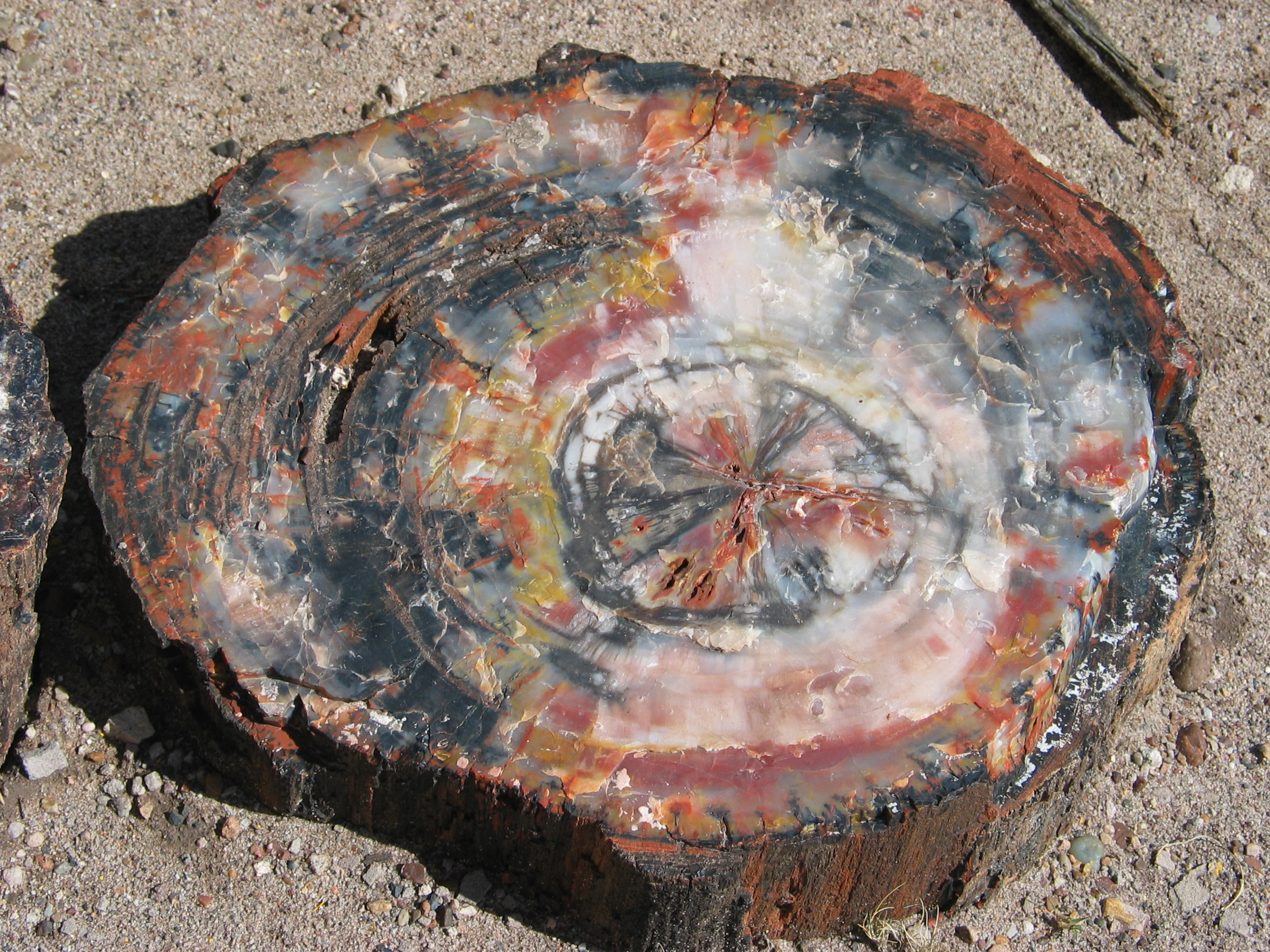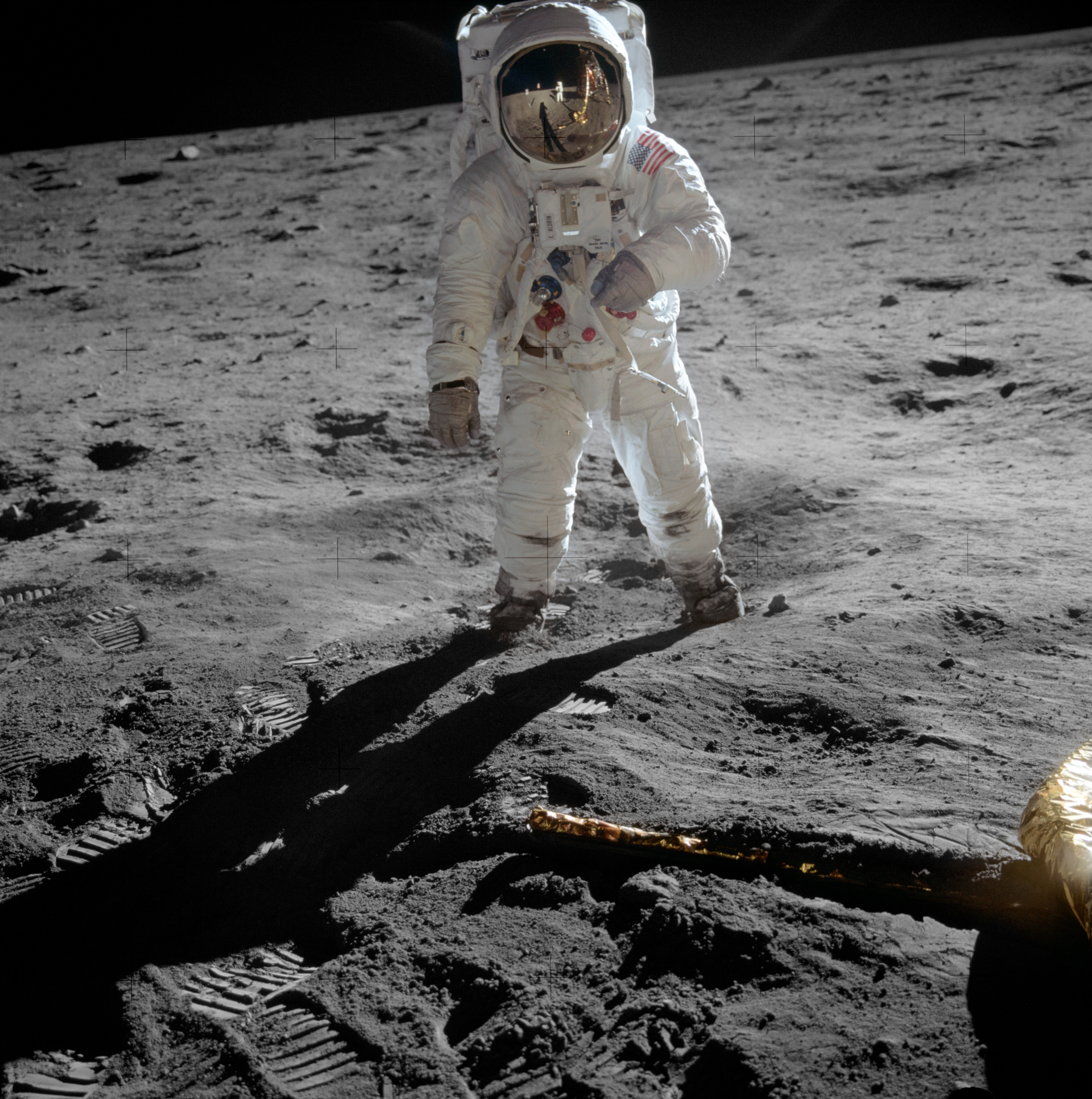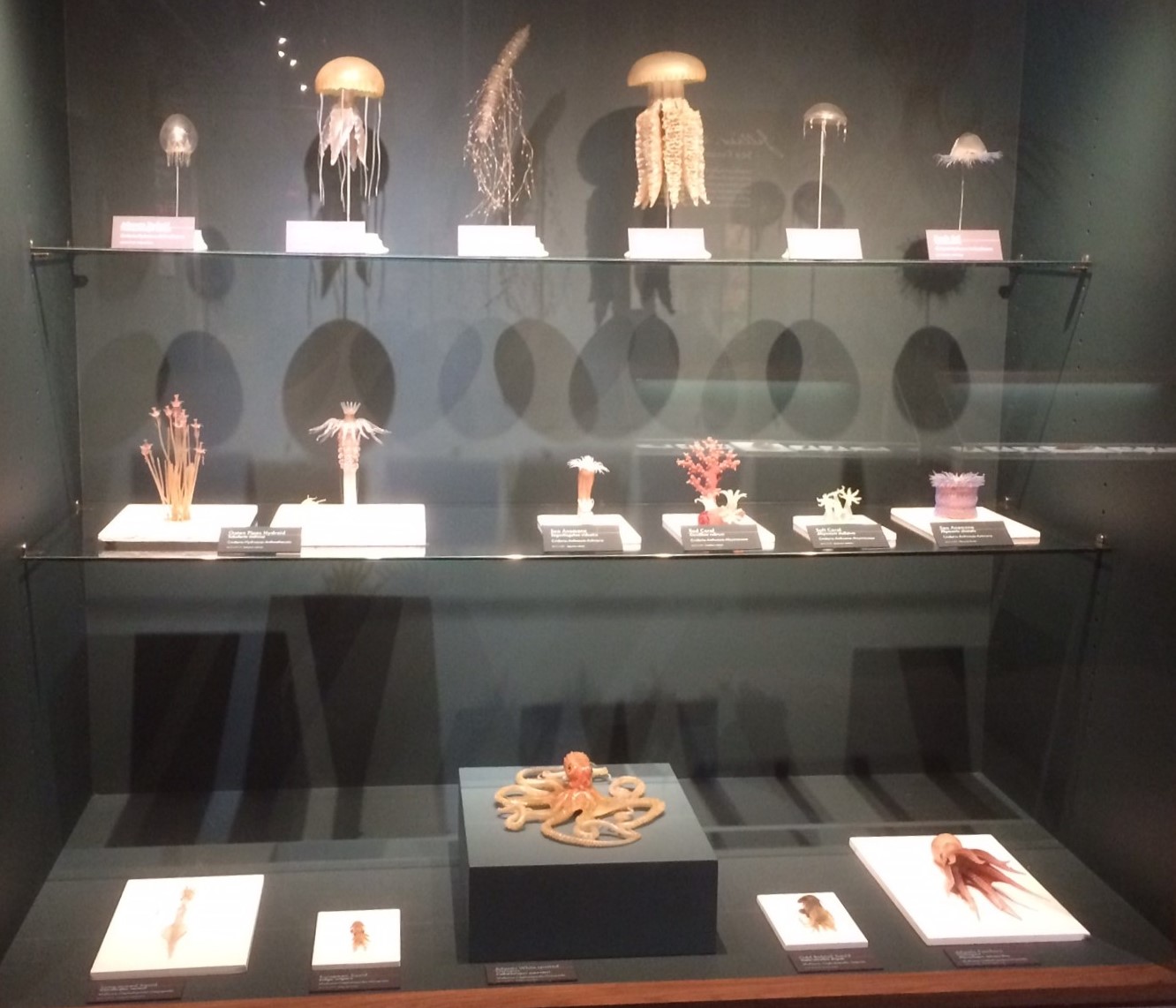|
Lost Inventions
This is a list of lost inventions - technologies whose capabilities can no longer be produced in their original form. It does not include theoretical inventions. Certain lost inventions * Artificial petrifaction of human cadavers invented by Girolamo Segato. * Greek fire, a Byzantine incendiary weapon used to set enemy ships on fire. * '' Panjagan'', a projectile weapon or archery technique used by the later Sasanians that could shoot a volley of five arrows. Questionable examples It is unknown whether these inventions truly existed, had all of their described properties, or were truly novel. * Archimedes' heat ray, a device that Archimedes is purported to have used to burn attacking Roman ships during the siege of Syracuse. * Claw of Archimedes, purportedly a sort of crane used to drop an attacking Roman ship partly down in to the water during the siege of Syracuse. * Polybolos, an ancient Greek repeating ballista. A ''MythBusters'' episode built and tested a replica, concludi ... [...More Info...] [...Related Items...] OR: [Wikipedia] [Google] [Baidu] |
Petrifaction
In geology, petrifaction or petrification () is the process by which organic material becomes a fossil through the replacement of the original material and the filling of the original pore spaces with minerals. Petrified wood typifies this process, but all organisms, from bacteria to vertebrates, can become petrified (although harder, more durable matter such as bone, beaks, and shells survive the process better than softer remains such as muscle tissue, feathers, or skin). Petrification takes place through a combination of two similar processes: permineralization and replacement. These processes create replicas of the original specimen that are similar down to the microscopic level. Processes Permineralization One of the processes involved in petrifaction is permineralization. The fossils created through this process tend to contain a large amount of the original material of the specimen. This process occurs when groundwater containing dissolved minerals (most commonly ... [...More Info...] [...Related Items...] OR: [Wikipedia] [Google] [Baidu] |
Sloot Digital Coding System
The Sloot Digital Coding System is an alleged data sharing technique that its inventor claimed could store a complete digital movie file in 8 kilobytes of data— which, if true, would dramatically disprove Shannon's source coding theorem, a widely accepted principle of information theory that predicts how much data compression of a digital file is mathematically possible. The alleged technique was developed in 1995 by Romke Jan Bernhard Sloot (27 August 1945, Groningen – 11 July 1999, Nieuwegein), an electronics engineer from the Netherlands. Several demonstrations of his coding system convinced high-profile investors to join his company, but a few days before the conclusion of a contract to sell his invention, Sloot died suddenly of a heart attack. The source code was never recovered, the technique and claim have never been reproduced or verified, and the playback device he used for demonstrations was found to have contained a hard disk drive, contrary to what he told inve ... [...More Info...] [...Related Items...] OR: [Wikipedia] [Google] [Baidu] |
Apollo Program
The Apollo program, also known as Project Apollo, was the United States human spaceflight program led by NASA, which Moon landing, landed the first humans on the Moon in 1969. Apollo followed Project Mercury that put the first Americans in space. It was conceived in 1960 as a three-person spacecraft during President Presidency of Dwight D. Eisenhower, Dwight D. Eisenhower's administration. Apollo was later dedicated to President John F. Kennedy's national goal for the 1960s of "landing a man on the Moon and returning him safely to the Earth" in an address to United States Congress, Congress on May 25, 1961. It was the third American human spaceflight program to fly, preceded by Project Gemini conceived in 1961 to extend spaceflight capability in support of Apollo. Kennedy's goal was accomplished on the Apollo 11 mission when astronauts Neil Armstrong and Buzz Aldrin landed their Apollo Lunar Module (LM) on July 20, 1969, and walked on the lunar surface, while Michael Collins ( ... [...More Info...] [...Related Items...] OR: [Wikipedia] [Google] [Baidu] |
Lunar Landing
A Moon landing or lunar landing is the arrival of a spacecraft on the surface of the Moon, including both crewed and robotic missions. The first human-made object to touch the Moon was Luna 2 in 1959. In 1969 Apollo 11 was the first crewed mission to land on the Moon. There were List of Apollo missions#Crewed missions, six crewed landings between 1969 and 1972, and numerous uncrewed landings. All crewed missions to the Moon were conducted by the Apollo program, with the last departing the lunar surface in December 1972. After Luna 24 in 1976 there were no Soft landing (aeronautics), soft landings on the Moon until Chang'e 3 in 2013. All soft landings took place on the near side of the Moon until January 2019, when Chang'e 4 made the first landing on the far side of the Moon. Uncrewed landings Government landings Six government space agencies, Interkosmos, NASA, China National Space Administration, CNSA, Department of Space, DOS, JAXA and European Space Agency, ESA, ha ... [...More Info...] [...Related Items...] OR: [Wikipedia] [Google] [Baidu] |
HowStuffWorks
HowStuffWorks is an American commercial infotainment website founded by professor and author Marshall Brain, to provide its target audience an insight into the way many things work. The site uses various media to explain complex concepts, terminology, and mechanisms—including photographs, diagrams, videos, animations, and articles. The website was acquired by Discovery Communications in 2007, but was sold to Blucora in 2014. The site has since expanded out into podcasting, focusing on factual topics. In December 2016, HowStuffWorks, LLC became a subsidiary of OpenMail, LLC, later renamed System1. In 2018, the podcast division of the company, which had been spun-off by System1 under the name Stuff Media, was acquired by iHeartMedia for $55 million. History In 1998, then North Carolina State University instructor Marshall Brain (1961–2024), started the site as a hobby. In 1999, Brain raised venture capital and formed HowStuffWorks, Inc. In March 2002, HowStuffWorks wa ... [...More Info...] [...Related Items...] OR: [Wikipedia] [Google] [Baidu] |
Damascus Steel
Damascus steel (Arabic: فولاذ دمشقي) refers to the high-carbon crucible steel of the blades of historical swords forged using the wootz process in the Near East, characterized by distinctive patterns of banding and mottling reminiscent of flowing water, sometimes in a "ladder" or "rose" pattern. "Damascus steel" developed a reputation for being tough, resistant to shattering, and capable of being honed to a sharp, resilient edge. The term "Damascus steel" traces its roots to the medieval city of Damascus, Syria, perhaps as an early example of branding. However, there is now a general agreement that many of the swords, or at least the steel ingots from which they were forged, were imported from elsewhere. Originally, they came from either Southern India, where the steel-making techniques used were first developed, or from Khorasan, Iran. The methods used to create medieval Damascus steel died out by the late 19th century. Modern steelmakers and metallurgists have stud ... [...More Info...] [...Related Items...] OR: [Wikipedia] [Google] [Baidu] |
Glass Sea Creatures
The glass sea creatures (alternately called the Blaschka sea creatures, glass marine invertebrates, Blaschka invertebrate models, and Blaschka glass invertebrates) are works of glass artists Leopold and Rudolf Blaschka. The artistic predecessors of the Glass Flowers, the sea creatures were the output of the Blaschkas' successful mail-order business of supplying museums and private collectors around the world with sets of glass models of marine invertebrates. Between 1863 and 1880, the Blaschkas – working in Dresden – executed at least 10,000 of these highly detailed glass models, representing some 700 different species. A number of large collections of the models are held by museums and other academic institutions. Harvard University, Harvard's Harvard Museum of Natural History, Museum of Natural History exhibits many of the Blaschka's glass creations, and its Museum of Comparative Zoology hold 430 items in the Blaschka Glass Invertebrate Collection and display about 60 at an ... [...More Info...] [...Related Items...] OR: [Wikipedia] [Google] [Baidu] |
Glass Flowers
The Ware Collection of Blaschka Glass Models of Plants (or simply the ''Glass Flowers'') is a collection of highly realistic glass botanical models at the Harvard Museum of Natural History in Cambridge, Massachusetts. Created by Leopold and Rudolf Blaschka from 1887 through 1936 at their studio in Hosterwitz, near Dresden, Germany, the collection was commissioned by George Lincoln Goodale, the first director of Harvard's Botanical Museum, and was financed by Mary Lee Ware and her mother Elizabeth C. Ware. It includes 847 life-size models (representing 780 species and varieties of plants in 164 families) and some 3,000 detail models such as of plant parts and anatomical sections. The collection comprises approximately 4,400 individual glass models representing over 830 plant species. Among the models, 64 glass sculptures depict the effect of fungi, in particular plant diseases of ''Rosaceae'' by phytopathogens. Background Starting in 1863 the Blaschkas had a thriving bu ... [...More Info...] [...Related Items...] OR: [Wikipedia] [Google] [Baidu] |
Seismometer
A seismometer is an instrument that responds to ground displacement and shaking such as caused by quakes, volcanic eruptions, and explosions. They are usually combined with a timing device and a recording device to form a seismograph. The output of such a device—formerly recorded on paper (see picture) or film, now recorded and processed digitally—is a ''seismogram''. Such data is used to locate and characterize earthquakes, and to study the internal structure of Earth. Basic principles A simple seismometer, sensitive to up-down motions of the Earth, is like a weight hanging from a spring, both suspended from a frame that moves along with any motion detected. The relative motion between the weight (called the mass) and the frame provides a measurement of the vertical ground motion. A rotating drum is attached to the frame and a pen is attached to the weight, thus recording any ground motion in a seismogram. Any movement from the ground moves the frame. The mass tends ... [...More Info...] [...Related Items...] OR: [Wikipedia] [Google] [Baidu] |
Zhang Heng
Zhang Heng (; AD 78–139), formerly romanization of Chinese, romanized Chang Heng, was a Chinese polymathic scientist and statesman who lived during the Han dynasty#Eastern Han (25–220 AD), Eastern Han dynasty. Educated in the capital cities of Luoyang and Chang'an, he achieved success as an Chinese astronomy, astronomer, Chinese mathematics, mathematician, seismologist, hydraulic engineer, inventor, geographer, History of cartography#China, cartographer, ethnographer, Chinese painting, artist, Chinese poetry, poet, Philosophy, philosopher, politician, and literary scholar. Zhang Heng began his career as a minor civil servant in Nanyang, Henan, Nanyang. Eventually, he became Chief Astronomer, Prefect of the Majors for Official Carriages, and then Palace Attendant at the imperial court. His uncompromising stance on historical and calendrical issues led to his becoming a controversial figure, preventing him from rising to the status of Grand Historian. His political rivalry w ... [...More Info...] [...Related Items...] OR: [Wikipedia] [Google] [Baidu] |
Starlite
Starlite is an intumescent material that is claimed to be able to withstand and thermal insulation, insulate from extreme heat. It was invented by British hairdresser and amateur chemist Maurice Ward (1933–2011) during the 1970s and 1980s, and received significant publicity after coverage of the material aired in 1990 on the BBC science and technology show ''Tomorrow's World''. The name Starlite was coined by Ward's granddaughter Kimberly. The American company Thermashield, LLC, says it acquired the rights to Starlite in 2013 and replicated the material. Thermashield is the only company to have publicly demonstrated the technology and to have had samples tested by third parties, but subsequent investigations have concluded that the company's claims are unsubstantiated and that its evidence may have been faked. Properties Live demonstrations on ''Tomorrow's World'' and BBC Radio 4 showed that an egg coated in Starlite could remain raw and cold enough to be picked up with a bar ... [...More Info...] [...Related Items...] OR: [Wikipedia] [Google] [Baidu] |
Blinded Experiment
In a blind or blinded experiment, information which may influence the participants of the experiment is withheld until after the experiment is complete. Good blinding can reduce or eliminate experimental biases that arise from a participants' expectations, observer's effect on the participants, observer bias, confirmation bias, and other sources. A blind can be imposed on any participant of an experiment, including subjects, researchers, technicians, data analysts, and evaluators. In some cases, while blinding would be useful, it is impossible or unethical. For example, it is not possible to blind a patient to their treatment in a physical therapy intervention. A good clinical protocol ensures that blinding is as effective as possible within ethical and practical constraints. During the course of an experiment, a participant becomes unblinded if they deduce or otherwise obtain information that has been masked to them. For example, a patient who experiences a side effect may corr ... [...More Info...] [...Related Items...] OR: [Wikipedia] [Google] [Baidu] |







